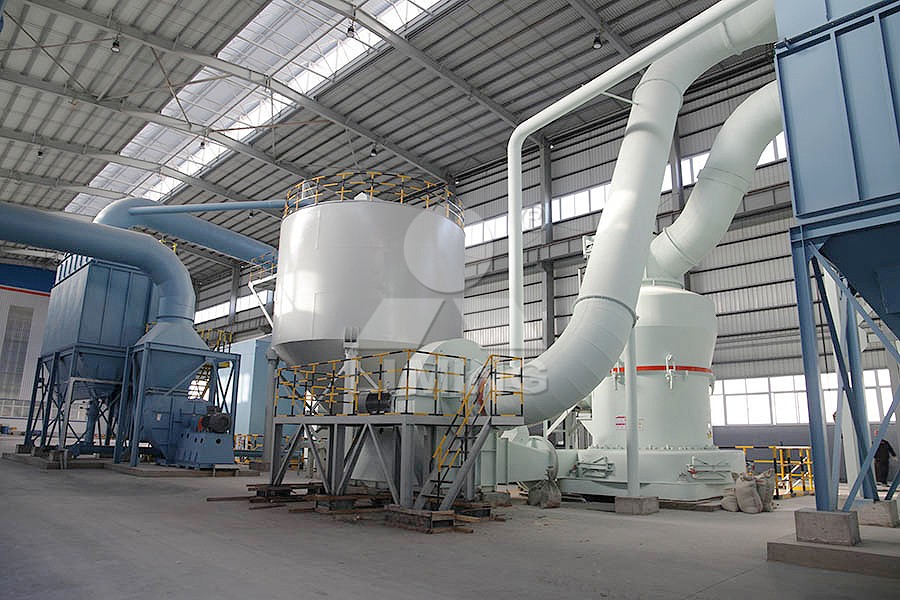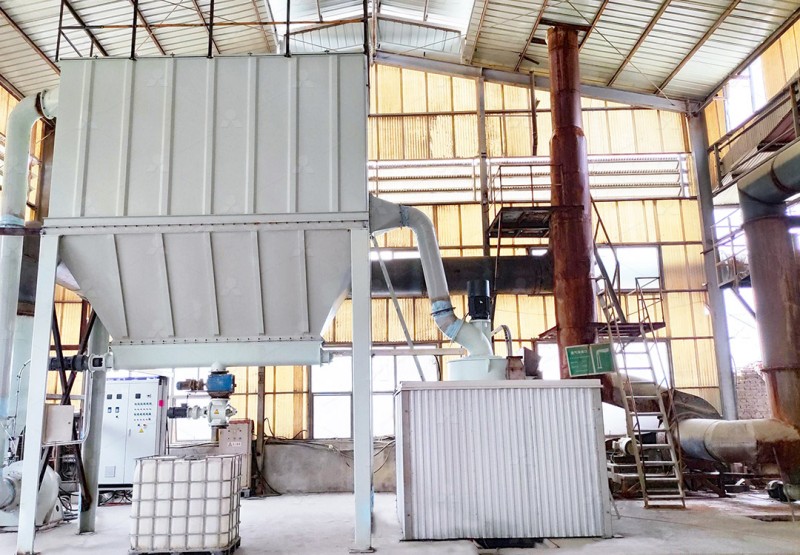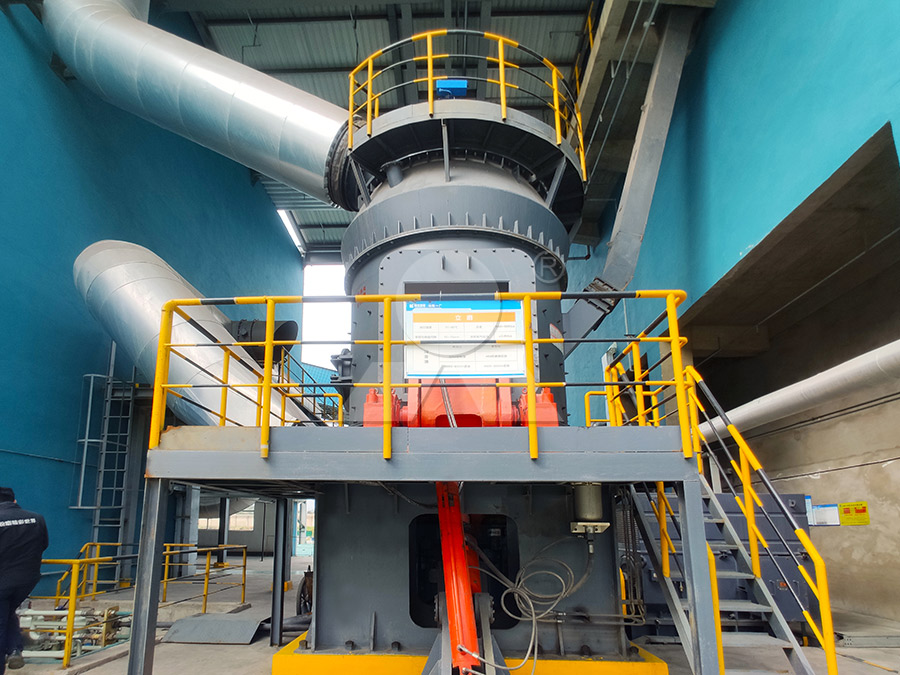Quartzite Vertical Mill for Fine Powder Grinding
Mastering Ultrafine Quartzite Grinding: The Vertical Mill Advantage
In the world of industrial mineral processing, quartzite presents unique challenges for fine powder production. This hard, abrasive material demands robust grinding solutions that can deliver consistent particle size distribution while maintaining operational efficiency. While various milling technologies exist, vertical roller mills have emerged as the premier choice for quartzite processing, offering unparalleled control over the grinding process.

The fundamental advantage of vertical mill technology lies in its grinding mechanism. Unlike traditional ball mills that rely on impact and attrition through tumbling media, vertical mills utilize multiple grinding rollers that press against a rotating grinding table. This creates a bed compression grinding effect that’s particularly effective for hard materials like quartzite. The result is significantly higher energy efficiency – often 30-50% lower power consumption compared to conventional systems.
Technical Innovations in Modern Vertical Mills
Contemporary vertical mill designs incorporate several critical innovations that make them ideal for quartzite processing. Advanced hydraulic systems allow precise control of grinding pressure, enabling operators to optimize performance for different quartzite varieties. Sophisticated classifier technology ensures tight particle size distribution, while integrated drying capabilities handle moisture content variations in raw materials.
For operations requiring exceptional fineness in quartzite powder production, we particularly recommend our MW Ultrafine Grinding Mill. This advanced system represents the cutting edge in ultrafine grinding technology, specifically engineered for customers who need to produce ultra-fine powder with precision and efficiency. With an input size capacity of 0-20 mm and throughput ranging from 0.5 to 25 tph, the MW series handles quartzite with remarkable consistency.

Operational Excellence and Environmental Compliance
The MW Ultrafine Grinding Mill incorporates several proprietary features that make it exceptionally suitable for quartzite applications. Its innovative cage-type powder selector, utilizing German technology, provides precise powder separation with adjustable fineness between 325-2500 meshes. The unique design eliminates rolling bearings and screws in the grinding chamber, eliminating concerns about bearing damage or loose screws causing operational failures.
Environmental considerations are paramount in modern mineral processing. The MW series addresses this through its integrated pulse dust collector and muffler system, effectively reducing both dust emissions and operational noise. This ensures compliance with stringent environmental standards while maintaining production efficiency. The external lubrication system allows for maintenance without shutdowns, supporting continuous 24-hour operation that’s crucial for high-volume quartzite processing facilities.
Comparative Advantages in Quartzite Applications
When processing quartzite, the MW Ultrafine Grinding Mill demonstrates clear advantages over alternative technologies. Its production capacity is approximately 40% higher than jet grinding mills and stirred grinding mills at equivalent fineness and power consumption. Compared to traditional ball mills, the MW series can achieve double the production output. The system’s energy efficiency is particularly noteworthy, consuming only 30% of the energy required by comparable jet grinding systems.
For operations requiring slightly different specifications, our LUM Ultrafine Vertical Grinding Mill offers another excellent option. With input size of 0-10 mm and capacity ranging from 5-18 tph, the LUM series incorporates the latest Taiwanese grinding roller technology and German powder separating technology. Its unique roller shell and lining plate grinding curve design generates material layers more effectively, achieving high rates of finished products through single-pass powder milling.

Practical Considerations for Quartzite Processing
Successful quartzite grinding operations require attention to several practical factors. Material hardness variations between different quartzite deposits necessitate adjustable grinding pressures. The abrasive nature of quartzite demands robust wear protection in grinding components. Moisture content management is crucial for maintaining optimal grinding efficiency and final product quality.
Both the MW and LUM series address these challenges through advanced material selection in wear parts, precise moisture control systems, and flexible operational parameters. The digital control systems enable fine-tuning of all critical parameters, while the comprehensive spare parts support ensures minimal downtime and worry-free operation.
Frequently Asked Questions
What makes vertical mills particularly suitable for quartzite grinding?
Vertical mills excel with quartzite due to their bed compression grinding mechanism, which is more efficient for hard, abrasive materials. The direct grinding action reduces energy consumption while providing better control over particle size distribution compared to impact-based systems.
How does the MW Ultrafine Grinding Mill achieve such fine particle sizes?
The MW series utilizes advanced cage-type powder selector technology with multi-head configurations that enable precise separation control. The system can achieve fineness between 325-2500 meshes with screening rates reaching d97≤5μm in a single pass.
What maintenance advantages do these vertical mills offer?
Both the MW and LUM series feature designs that simplify maintenance. The MW eliminates rolling bearings and screws in the grinding chamber, while the LUM incorporates a reversible structure that allows easy roller removal for inspection and maintenance without complex disassembly.
How do these systems address environmental concerns?
Integrated pulse dust collectors ensure minimal dust emissions, while mufflers and noise elimination technologies reduce acoustic impact. Both systems operate under negative pressure to prevent material escape and meet strict environmental standards.
What production capacities can we expect with quartzite?
The MW Ultrafine Grinding Mill handles 0.5-25 tph depending on final fineness requirements, while the LUM series processes 5-18 tph. Actual throughput will vary based on quartzite hardness, moisture content, and target particle size distribution.
